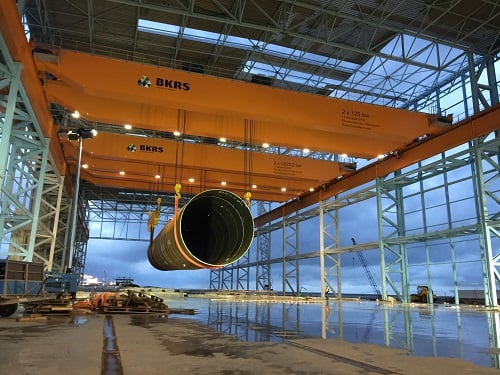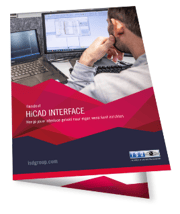
For some engineers, drawing steel structures is mainly a repetitive exercise, especially when it comes to the connections between the profiles. It should be possible to do this quicker and easier, right? Certainly, but the CAD software is a decisive factor. Some software places connections automatically, others do not.
The number of steel constructions that can be used is almost infinite, in both form and number. Steel structures are used in hall construction, such as for stairs and railings, but also in more complex halls. The focus will be on the design and manufacture of curved profiles. In addition, there are straightforward steel stairs, but also cage stairs. Yet much of the work involved is repetitive.
When designing a steel construction, most of the time goes into making the connections between the various profiles. Is it also difficult to make these connections? It is not so difficult. It mainly means taking a lot of steps. As an engineer, you connect one beam to another, add end plates and select the right bolts and nuts. Then you repeat these steps.
If you look at the complexity, then designing a factory hall will be less complex than designing an office building or a house. Does an architect want to leave his mark on something? Then that leads to modified forms and the question of how the structure can cope with that. Making the connections, not only for the main structure but also for the stairs, is quite time-consuming.
But what if the CAD software makes those connections for you? Automated. It would be an enormous time-saver. Some CAD programmes are capable of this, for example by using macros to automate a number of steps that you perform more often. By recording the macro and applying it, you already speed up the process a little. The HiCAD 3D CAD software includes the automated connection function as standard. This can even be applied to complex sheet metal constructions in the form of a profile and sheet metal combination.
How does this automated joining work in practice? Within the software, you take the lines of the pattern and place profiles on them. These can be connected in various ways using civil engineering functions. In the case of a truss, you want to connect a column to a girder and add a stiffener at the same time. You can also automatically place wind braces or insert a footplate while you are placing the anchors. The same functionality is available for railings and stairs. HiCAD makes the first move, you kick it in.
Steel construction drawings are made faster with the 3D CAD software function that automatically creates connections. The time saved is important, but it is not the only obvious advantage of this 3D CAD software. The drawings that you produce with HiCAD also look a little more professional. This increases the chance that your drawings will be approved faster than those of your competitors. Your drawings clearly show the end result.




